Thanks to an ambitious investment policy, Morocco has succeeded in building a dynamic economy supported by continuous growth. However, the current model appears to have limits to which members of the future governing coalition will have to find solutions.
In two decades, Morocco has experienced socio-political, but above all economic, transformations which have enabled it to rise to the rank of African champion. The kingdom has thus made significant investments, particularly in the areas of transport infrastructure and industry. Among the most notable are the construction of the Rabat bypass highway, terminal 1 of Casablanca airport, but also the launch of the first high-speed train line in Africa for nearly $ 2.4 billion. , or the establishment of the port and industrial complex of Tanger Med.
In a report published on the country in July, the Cabinet Deloitte estimates that these investments “were accompanied by liberalization and privatization of public enterprises of a commercial nature (Maroc Télécom, Régie des Tabacs), an opening trade abroad, which has been consolidated by the signing of numerous trade agreements (EU, US, Egypt, Turkey, ZLECAF), and the launch of several sectoral strategies in […], agriculture, tourism, fishing and renewable energies, as well as transversal strategies in the digital economy and logistics ”.
Now, along with Egypt and South Africa, the Cherifian kingdom is one of the African heavyweights in the tourism sector. In addition, with more than 700,000 vehicles produced per year, Morocco has become one of the main African automotive hubs.
These different economic sectors have made it possible to support continued economic growth. But above all, thanks to these transformations, the country, which is also a phosphate producer, was able to engage in an offensive that allowed it to impose its economic leadership on the African continent, under the leadership of King Mohammed VI.
According to the DEPF report “Development of Moroccan companies in Africa: reality and perspective”, Africa is the number one destination for Moroccan investments abroad. Between 2003 and 2017, Moroccan companies invested nearly $ 4 billion on the continent, or 60% of outgoing FDI. Today, the Maghreb country is, along with South Africa, one of the two leading African investors in Africa, and also ranks first in West Africa, which concentrates more than half of its investments.
Despite macroeconomic performance, inequalities remain
Although this policy of intensive investments made it possible to support growth for several years, while reducing the poverty rate (from 15.3% in 2001 to 4.8% in 2014 according to the HCP), Morocco’s economic performance are slow to reduce inequalities in the country. According to Oxfam, Morocco is the most unequal country in North Africa. “Neither growth continues over the past two decades, nor the progress shown in poverty reduction has been sufficient. Rising inequalities also represent a risk in the pursuit of the fight against poverty “, indicates the institution in a report produced on the country.
Despite the good performance of the economic growth which was posted between 2000 and 2017, 4.4% of the GDP on average, while the GDP per capita grew annually by 3.1%, according to the High Commission for Planning (HCP ), Oxfam estimates that in 2014, the richest 10% of Morocco had a standard of living 11.8 times that of the poorest 10%. “Three Moroccan billionaires alone hold 4.5 billion dollars, or 44 billion dirhams. Their wealth is such that the growth of their fortune in one year represents as much as the consumption of 375,000 Moroccans among the poorest over the same period “underlines the organization.
Gaps to fill
To reduce these inequalities, which accelerated in particular during the Covid-19 pandemic, the Moroccan authorities have stepped up social investments intended in particular for the poorest. Capitalizing on this crisis, they have initiated fundamental reforms, such as the generalization of social protection. Launched in July 2021 by King Mohamed VI, the $ 5.7 billion project comprises four phases which will each target, until 2025, the inclusion of the population in health insurance programs, family allowances , the retirement scheme and the indemnity for loss of employment.
However, even if this initiative demonstrates the will of the royal power to strengthen the social character of its investments, many experts believe that it will take even more efforts on the part of the State to achieve an economic model that is fair to all. social classes. In the tax sector, for example, the British NGO Tax Justice Network estimated in its report on the State of Tax Justice in the world, published in 2020, that the country has lost $ 69.9 million in tax evasion. per year. A sum that would have enabled him to increase the public health budget by 20.23%. Also, data from the Global Tax Expenditures Database indicates that the Cherifian kingdom lost the equivalent of 2.57% of its GDP in the form of tax incentives in 2018. By comparison, this represents almost half of public expenditure in the health sector in the same year and which represented the equivalent of 5.31% of GDP, according to data compiled by the Global Data platform.
The challenge for the next political elite will be to accelerate reforms to strike the right balance between an ambitious drive to industrialize, attracting large global companies, and fairer budget management. A charge that will fall in particular on businessman Aziz Akhannouch, whose party won the legislative elections of September 8, and who will have to find allies in order to form a new ruling coalition. Once the new government is formed, the first big test will be the next budget law for fiscal year 2022.


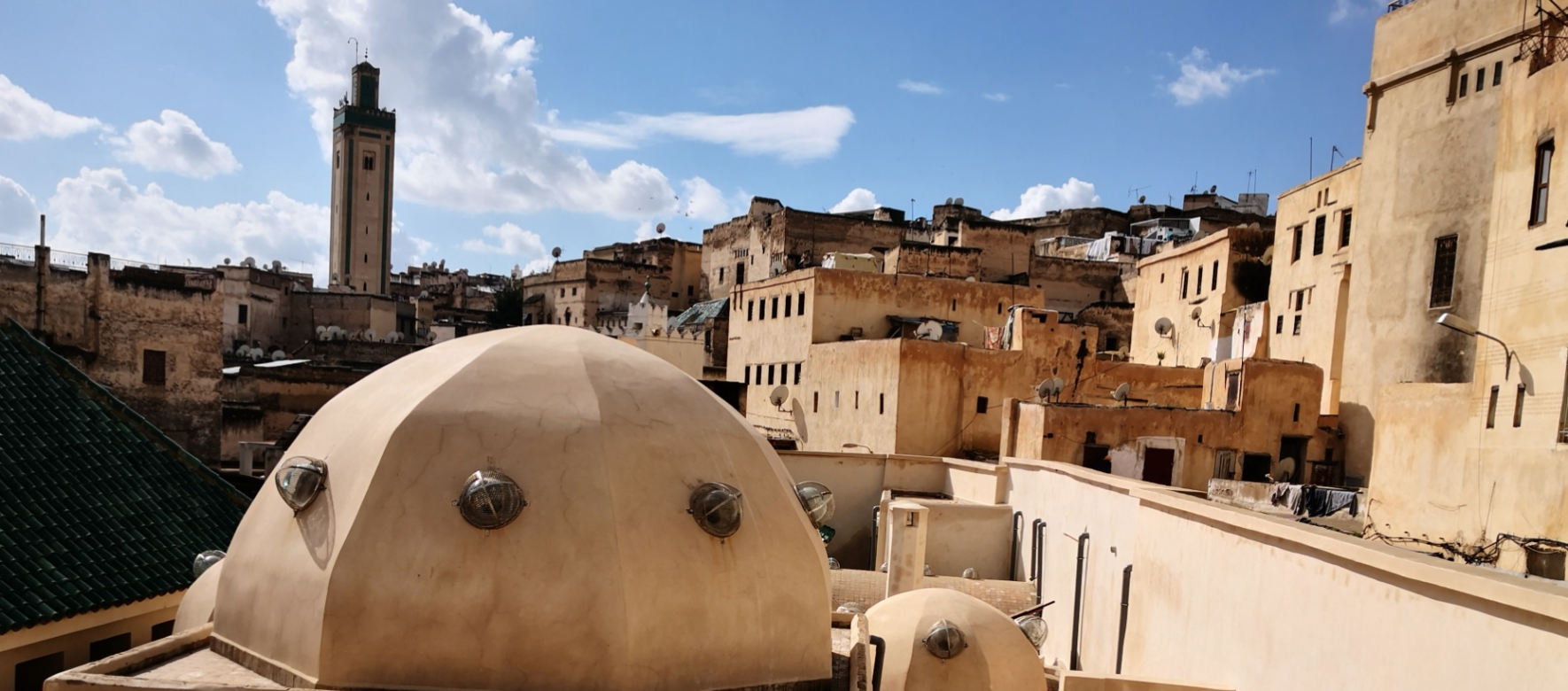
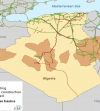
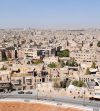
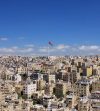
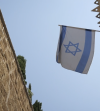
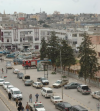
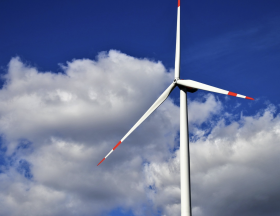
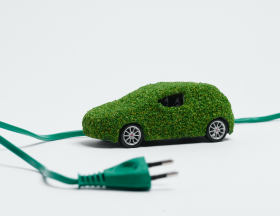
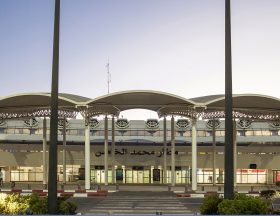
Réagissez à cet article